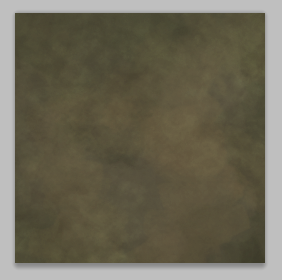One of the most important objects in the game level is of course the key to the mansion which must be acquired by the player in order to win. Earlier in December I sketched out several designs for keys, and have looked back at them to decide on the final design which I will use to create the model.

I decided on this one in the centre for its elegant design, it just felt like the most 'solid' and pleasing out of all. So today I've produced the model, using the sketch on an image plane to recreate the drawing in 3D. I started with a square plane and extruded the edges, following the sketch to create the curled details and then added an edge loop and extruded the faces to give the object depth. Below that is a polygon cylinder, which I added some extra edge loops to and extruded a couple of faces to create the teeth.
Next, I've started work on the cherub statues. I'll be using Estelle's concept work as my main guide for these models, but for the purpose of the modelling process I needed a front view image to work from. I did a simple sketch to use as a guide for modelling the cherub's face.
I know that I don't need to be too strict on the topology of this model as it will not be rigged or animated. The important factors here are that it appears relatively human and that I keep the poly count reasonable.
The face at the moment, as I haven't pulled back all of the vertices to the right depth yet. I look at it in the 'smoothed' view to see what it will look like after I soften the normals.
Aside from that, I'm also adding to the entrance gate model. Here's how it's looking from today.
I've altered the gate details so that they have a little more depth. I've used the same techniques as before to also create some details at the top of the gates, and created a curved crest to sit in the centre.
I've also modelled a magpie statue to sit on top of each column. I wanted to give the magpies more significance in the scene, as though they might have something to do with what has happened at the house prior to the character's arrival. Having them sit at the entrance gates signifies them as guardians of the house.
I also changed the columns. Looking at the old versions, I'm stumped as to why I modelled them this way - the mesh is all wrong and has no logic behind it. In the new version I've cut down on the unnecessary edges for a much cleaner model.






























